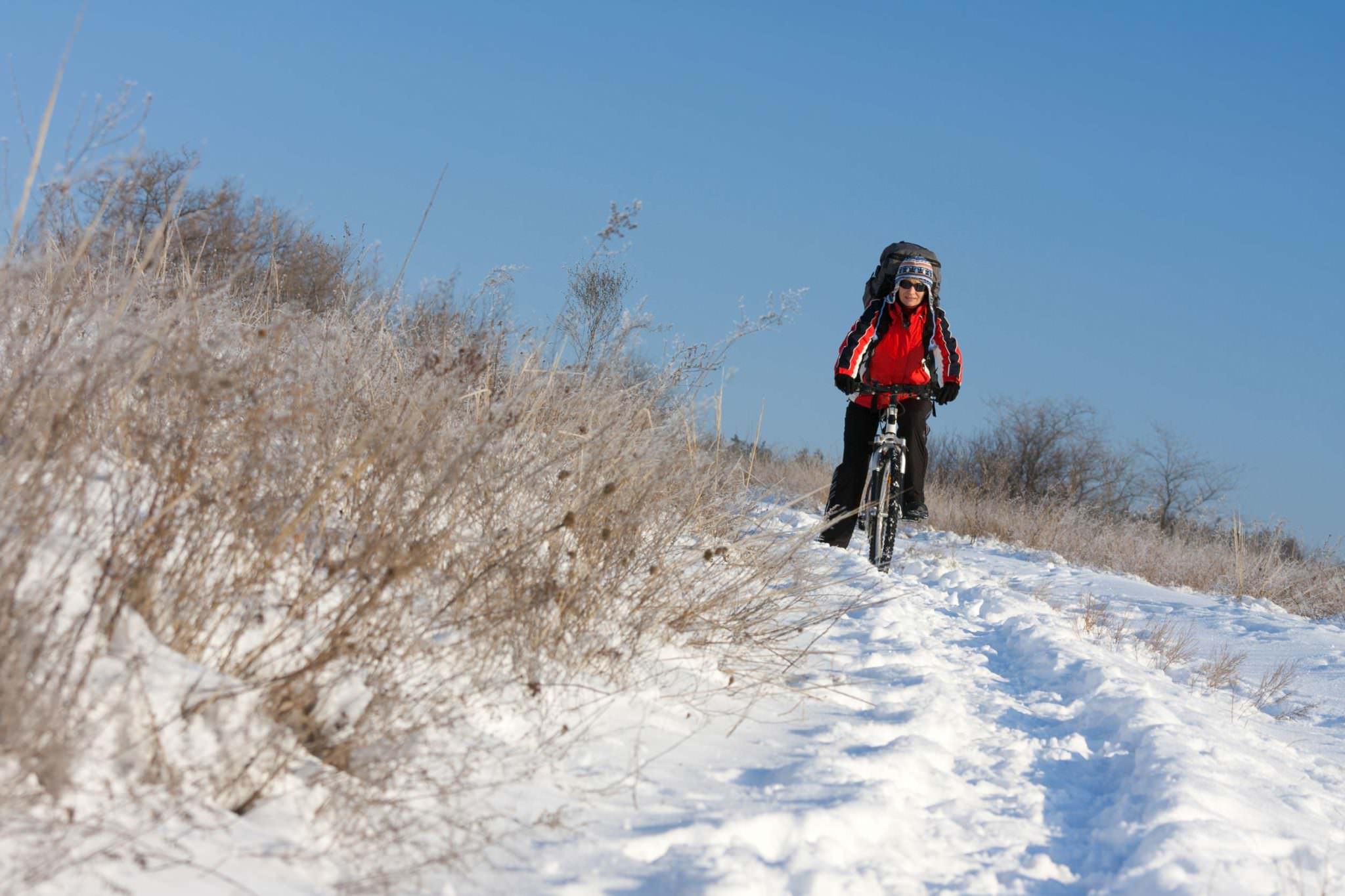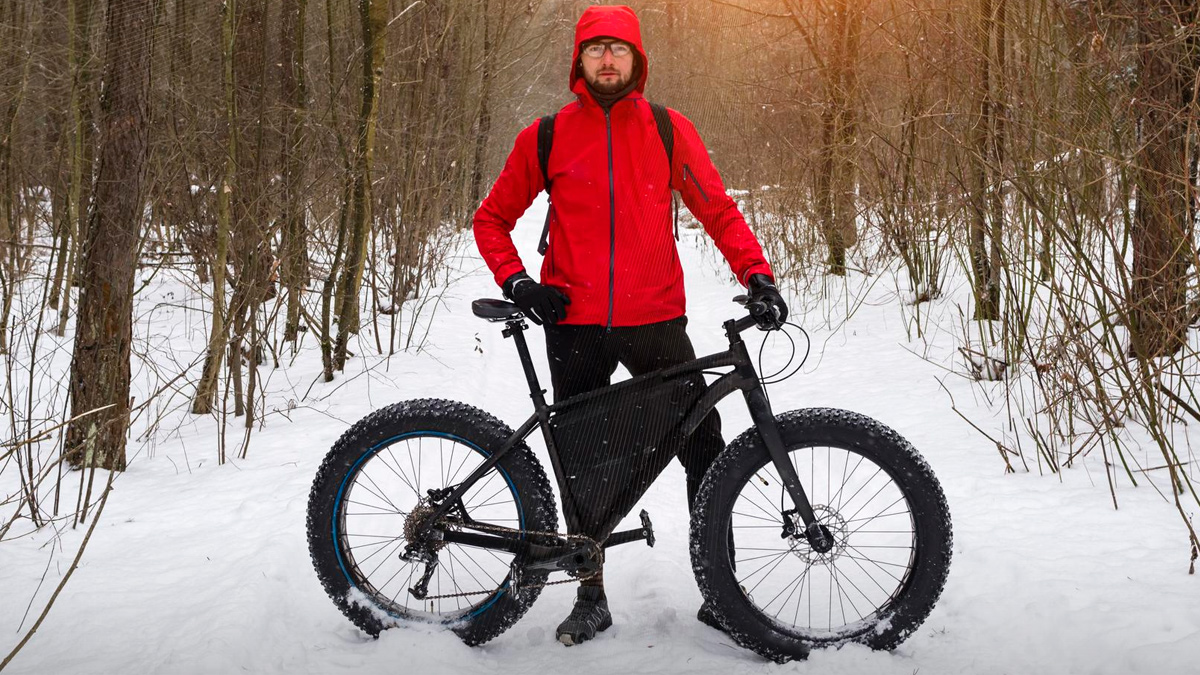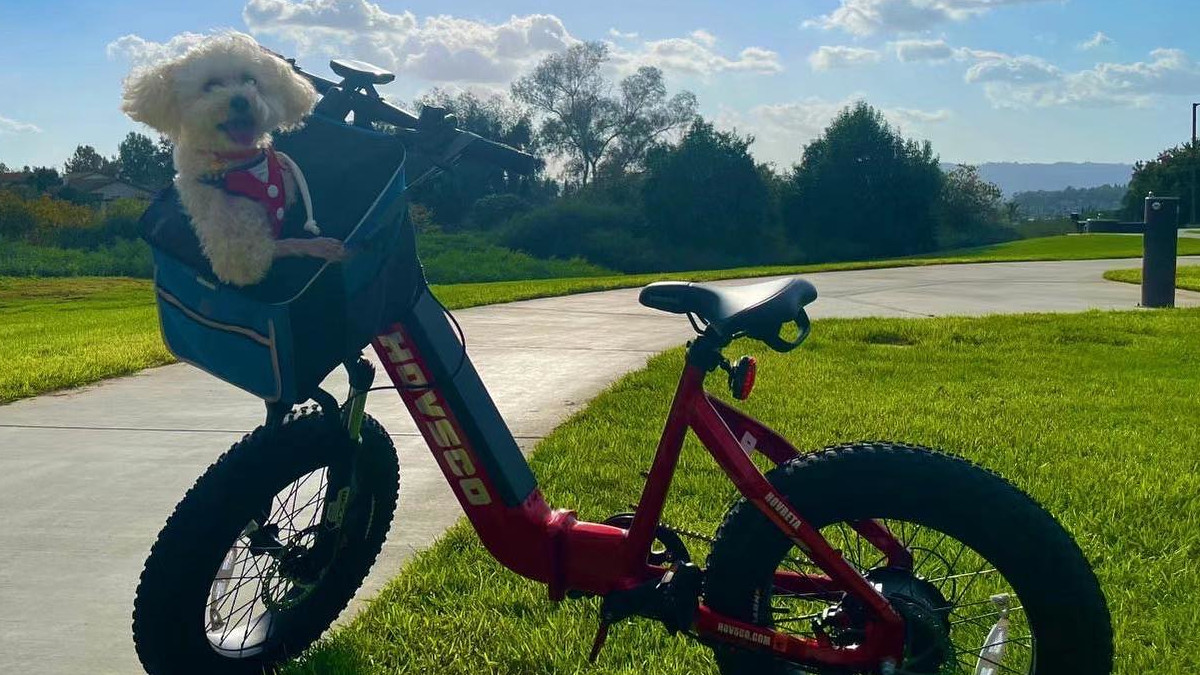Besides the fact that they are out in the cold and the wind chill, your hands are also locked in the same position on the bike for your entire ride. This can reduce circulation and you can get really cold hands, perhaps frostbitten in short order.
Many options help you cover your hands in the cold. You can choose either Winter Cycling Gloves, Pogies and Mittens.
Choosing Between Winter Cycling Gloves, Pogies and Mittens
Here is the good part; I have used all these and here is an in-depth review of each type which can help you decide which option suits you the best.
1. Winter Cycling Gloves
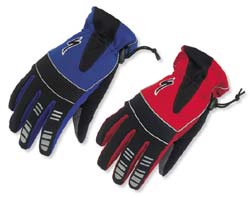
Examples include Performance Neoprene Cycling Gloves and Specialized Sub-zero gloves (right). These are designed for fairly cold weather, although not as cold as the typical icebiker experiences. Remember that these are race-oriented companies.
A more realistic approach is taken by Lake, with their MXZero Winter Cycling Glove. It has a wind and water-resistant outer, and a fleece inner glove that can be removed for cleaning. It even has a vent zipper on the back if it’s just too hot. Note that this feature can keep you from drenching your gloves with sweat. The palm is designed for cycling with reinforcements in all the right places.
2. Three Finger Gloves
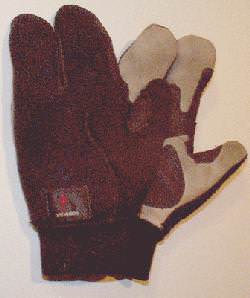
A similar product is the Nashbar Penguin Glove and the Pearl Izumi Stretch Amfib. These are three-fingered gloves. Two fingers in each segment and your thumb in the other.
The Idea behind three fingers is that each finger has a mate to keep it warm, and there is less exposed surface. Your thumb must fend for itself. They have a fleece liner and a layer of foam with a terry cloth back cover (guess why), they do not breathe well, and moisture can build up, but turning them inside out to dry keeps them fairly fresh.
With the Performance Claws, my hands usually sweat even when the temperature is about Zero(F). I don’t wear them until it is well below freezing as they are just too warm. I don’t see them listed on the Specialized web page, but I found them in the LBS as late as 3/97, and they are featured on the back of the Nashbar late fall 97 catalog.
An even more aggressive design is the Vulpine Adaptive Icebike Mitt. These are very warm and roomy winter mitts suitable for expedition conditions, or extended outings. These have a full zipper access and a reflective patch for traffic safety.
Check out the freeze-tested winter cycling clothes reviewed in the article. These clothes will keep you warm and comfortable during your winter rides
3. Pogies
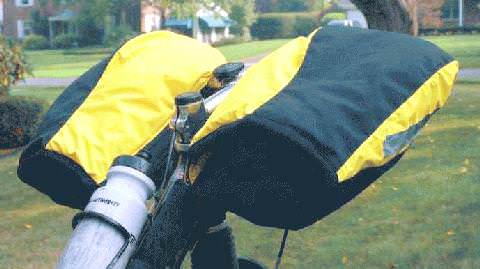
They attach to the handlebar covering the brake and shift levers, which means you can operate these in comfort. If you use more than one bike, you either have to move the pogies with you (demount and re-mount each time) or get another pair.
Several icebikers report that pogies are the warmest solution they have found. Pictured here is Charles Beristain’s full suspension C’dale with pogies mounted. You put your hands in the large opening at the rear, and the pogie forms a natural wind barrier that protects your hand and part of your forearm.

The second picture shows the pogies from the front. Note the reflective piping for night visibility.
Now if someone would just send Charlie some snow…
All Weather Sports sells pogies, and you can probably order then through any good LBS. If they don’t know where to get them just send them here to Icebike.org.
4. Moose Mitts
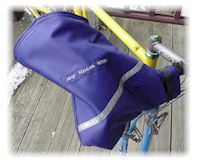
Available online, these handlebar mitts include an internal pocket to keep keys cell phones, or anything else you want handy and warm. They cost about $80 per pair and are available in a selection of colors. Made of 400 Denier Cordura provides a strong, abrasion-resistant material, which is also coated with water-repellent, and windproof.
Fleece Lining Provides a warm environment for those digits. Once the internal area gets warm from your hands they stay that way.
5. Auxillary heat
In seriously cold environments where prolonged exposure is planned, such as a winter camping trip or day-long trail rides, you may want to take along some backup protection.
One option is chemical hand-warming devices. These generate prolonged gentle heat and are safe to place inside your gloves. They work via an oxidation process, using powdered iron and salt water. Safe for the environment, they are said to last 7 hours.
How To Choose The Right Glove- Buying Guide
So, whichever option you decide to go with, keep an eye out for the following features:
- The glove should have a snug fit on your hand. It should not be either too loose or too tight.
- You should be able to control the handlebar and operate the brakes. There should be enough sensitivity.
- Make sure that they have the right padding.
- Winter cycling gloves should be warm. But they shouldn’t be bulky like the ones you use for skiing.
- Mittens are warmer but they offer less sensitivity. So it might be hard for you to control the handlebar.
FAQs
Which are better gloves or mittens?
Gloves are better because they offer better sensations. This helps you control the handlebar better.
What is the best material for cycling gloves?
Fleece, polyester, acrylic, and polypropylene are best for winter cycling. For summers, it’s better to use light and breathable gloves.
Should cycling gloves be padded?
Yes, padded cycling gloves are more comfortable.
Conclusion
During the early fall or late spring, a set of light cloth gloves under your cycling gloves is all that you need. Full-fingered gloves made for cycling are generally ok down to freezing, but beyond that, you are going to need something warmer.
In years past, the only way you could reliably keep your fingers warm was by switching to ski gloves. These are designed with the fact that the hand will be locked in the same position all day too, except around a ski pole rather than a handlebar. Any warm ski glove should give good service, and I use them to this day on some rides.
Let me know what you think in the comments below!
Also Read
- How To Do Winter Cycling In Ice And Snow
- Ice Tested Winter Cycling Gear (Reviews and Opinions)
- The Ultimate Winter Cycling Gear Guide
- Winter Cycling Clothes – The Ultimate Clothing Guide
Should you have any questions or require further clarification on the topic, please feel free to connect with our expert author John Andersen by leaving a comment below. We value your engagement and are here to assist you.

